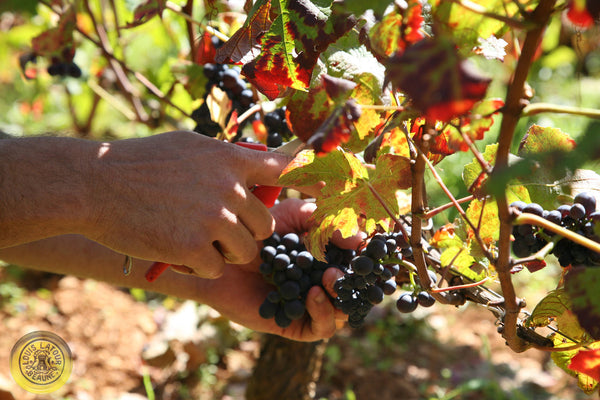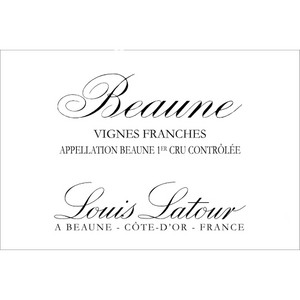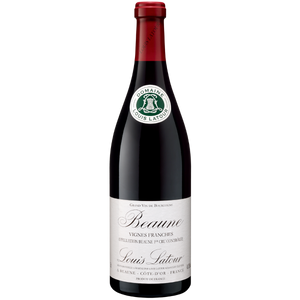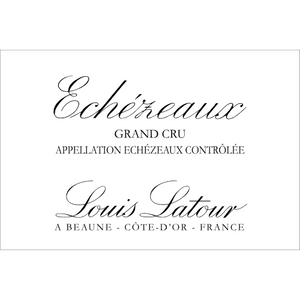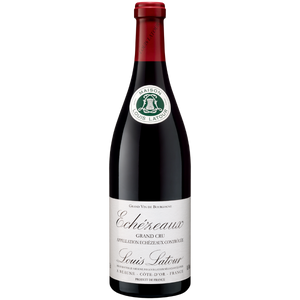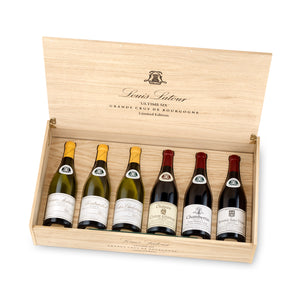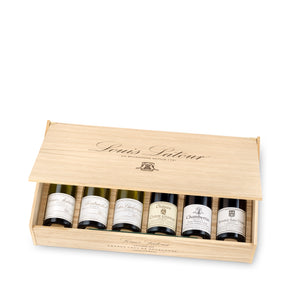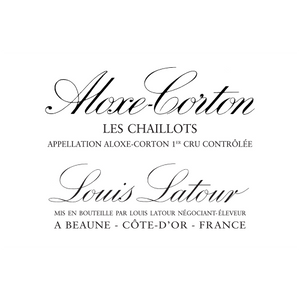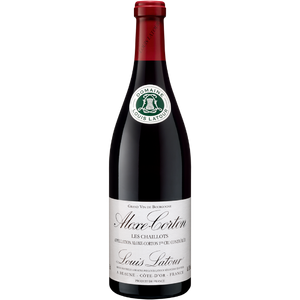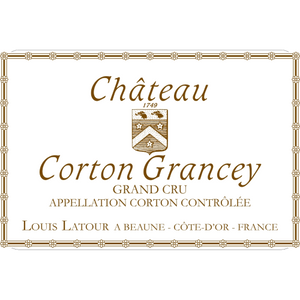Harvest
The key consideration when deciding the harvest time is the ripeness and condition of the grapes. At Maison Louis Latour the winemakers believe that 80% of the finished wine's quality is a result of work done in the vineyards. All of the red grapes are picked manually.
The grapes are put into traditional wicker baskets, designed to prevent the grapes from being crushed when stacked onto the tractors.
Selection
Upon arrival at the winery, the grapes are transferred onto the selection table, consisting of a vibrating conveyor-belt installed on an upward angle. Three or four people on either side throw out unripe or rotten grapes. At the top of the table the grapes fall into a crusher/de-stemmer. All the stems are removed to avoid harsh tannic flavors in the final wine and a light crushing favors quick fermentation. (The stems can either be distilled into Marc or plowed back into the vineyards as fertilizer).
The de-stemmed, crushed grapes then drop into copper wagons that are unique to Maison Louis Latour and are carried up by elevator to the first floor of the winery. Hence, gravity is used to avoid pumping the must, thus reducing risks of oxidation.
Fermentation
The copper wagons have a double lining in which steam can be circulated to heat up the must to start fermentation during cold weather.
By pulling out the plug at the bottom of the wagon the crushed grapes drop into the fermentation vat. Each of the 45 large oak vat ferments the grapes from a particular vineyard, for example, vat n° 14 is used to ferment grapes from the Corton Clos du Roi parcel every year.
The temperature inside the vats will naturally rise to about 34° but thereafter cold-water radiators stabilize the temperature between 24-28°C for the remainder of the fermentation period. The philosophy at Maison Louis Latour is to make traditional-style, ruby-coloured wines, appreciated for their delicacy and finesse. In order to achieve this, skin contact is kept to a minimum, lasting 12-15 days.
Pigeage
Maison Louis Latour relies entirely on wild or indigenous yeasts for the fermentation of the grapes. As a natural result of fermentation, carbon dioxide gas forces the solid skins and pips to the surface of the vat to form the cap. In order to extract the color from the skins, these solids have to be trodden down to make contact with the fermenting juice underneath, called must. At Maison Louis Latour this process of pigeage is still done by foot two or three times a day.
De-vatting
Chemical analyses are done twice a day to carefully determine the progress of the fermentation process. Upon completion, the young wine, called free-run wine, is drained off through special wicker baskets. These act as a crude but highly efficient filter system to leave the skins and pips in the vat. These are then forked out by hand and taken to the press. Once empty, each vat is carefully cleaned and perfectly maintained until the following year's harvest.
Pressing
A pneumatic bladder presses the pips and skins to extract more color, fruit and tannin. The deep-coloured press wine is then blended with the free-run wine. The dry skins left at the bottom of the press are either distilled to make Marc de Bourgogne, or plowed back into the soil along with the stems that were removed earlier.
The blended wine is transferred into oak barrels of 228 litres (300 bottles) and is aged for 10 to 12 months in the cellars below the winery. New barrels are only used for aging a percentage of the wine, in order to preserve the inherent elegance and finesse of the Pinot Noir grape.
Racking
Dead yeast cells suspended in the wine gradually sink to the bottom of the barrel to form the lees. The wine is racked off its lees into clean barrels and topped up. This process is repeated twice before final preparation and bottling.
Malo-lactic fermentation, which converts hard malic acid into soft lactic acid, takes place during the 6 months following the wine's transfer into barrel. All Latour wines undergo malo-lactic fermentation.
Blending and final preparation
The quality of each barrel is ensured before deciding which barrels will go into the final blend. Finally, the wine is filtered before bottling.


